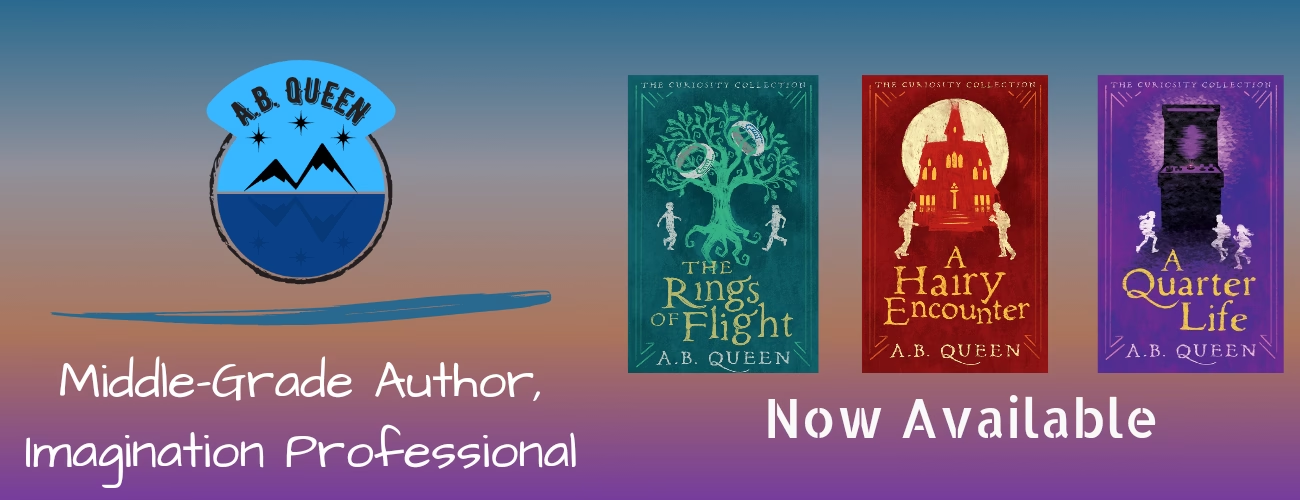
Why The Big Bang Theory Is A Great Study For Writers – (Part #1) – The Cast Dynamic
Like many things, the world is divided on The Big Bang theory. Most of the time I hear people in one of two opinions. They either love it or hate it, and not much in between. Of course, this is ok for us to not all like a single thing. It is the beauty of having free thinking.
However, I am not here to talk about why you should love it or hate it, I am here to talk about important lessons The Big Bang Theory sitcom can teach writers.
You see, the show was on for twelve seasons with 279 episodes. That is a whole lotta writing that happened for the show. Naturally, there are some lessons that can be pulled from that much television. So, let’s just jump in on what I am sure is going to be many articles on this subject.
The Same But Different
The Big Bang Theory began like every other sitcom and was not terribly different from the actual Big Bang (metaphorically of course). A single point/episode, expanding and stretching to unimaginable reach. See what I did there?
Anywhos, like all sitcoms, you have your main cast living their day-to-day lives while navigating the problems that life throws at them. The Big Bang Theory revolves around four friends who are also scientists having a wrench thrown in their world by a new neighbor/friend that seems to be the polar opposite. Sound simple enough, right? Well, it actually is, and I want to go into why this model and formula of writing works.
How and Why This Works
Each of those four scientists is very similar to one another. They have unique clothing styles, all work in the field of science at the same university, same interests, hobbies, and even the same social status. So, on paper, their characters are pretty damn close to each other and could easily cause confusion. In fact, Penny (the new neighbor), when she first moves in, easily categorizes them all into a single and very nerdy category. To her, they all appear to be the same type of person in the beginning. Though, when you dig in beyond the superficial top layer of their characters, they are all incredibly unique. This comes down to their own personal traits, something that would be exploited as each episode carries on. Items such as, but not limited to:
- Sheldon’s unwillingness to bend his routine and his feeling of superiority.
- Raj and his inability to talk to women
- Howard’s desperate quests for female companionship and sarcasm
- Leanord being a bit more socially aware and the glue to the group
There are two reasons why I find this to be an important lesson. The first is the reality of the situation. Reality tells powerful stories. We all find our clicks, our groups, our fam, and we stick with them. We have our ride-or-die companionships and they can often be seen by outsiders as the same individuals with the same interests, but once you get into the group and learn more about the individual, there are beautifully unique characters within the group.
Not only did The Big Bang Theory achieve this group dynamic so beautifully, but having them all look the same is actually pretty crucial to the foundation of the show. This leads me to my second lesson.
Mixing It Up
Now, if we were to have the show only revolve around the four friends, their jobs, and their social life, well, the show would get boring pretty quickly. This is where Penny enters. Penny is the “odd” one out, tossed into the mix to bring perspective and contrast to the entire situation.
Taking an individual such as Penny, that is not part of their group and or culture, mixing them in, helps us understand their group and culture just that much more. In fact, Penny can be seen as a symbolic avatar to the audience members. She resembles the rest of us, helping us navigate the world of Leanord and Sheldon that we may not know.
Now you have two distinct personality types that can feed off of each other. Each brings contrast to the other.
The Formula
The above formula is a pretty common formula of writing, but one that holds up pretty well. I mean, think about it, it’s the core of escapism and in most fantasy novels you’ve read where an individual is tossed into a world they don’t know and must learn the new challenges (Harry in Harry Potter, Frodo in Lord of the Rings, The Pevensie children in Narnia), it is all around.
Longevity
One of the reasons The Big Bang Theory was able to capitalize on this formula for so long is due to the character perspectives of each episode. The show didn’t focus on just one character (Penny) discovering a world. It used the formula throughout the entire run of the show. Each episode revolved around the smallest idea and one of the characters learning something about a world they know nothing about. One week it may have been about Sheldon, then about Penny, or Howard. This allowed us to watch each character develop and grow, showcasing the unique personalities of the group, and understanding them as individuals rather than just a group that all appear to be the same.
Summary
These are just a few of the reasons why the show was so successful. A classic formula mixed with a touch of reality and changing perspectives. These concepts can help just about any writer in their career. It most certainly can help fantasy writers.
Until next time,





